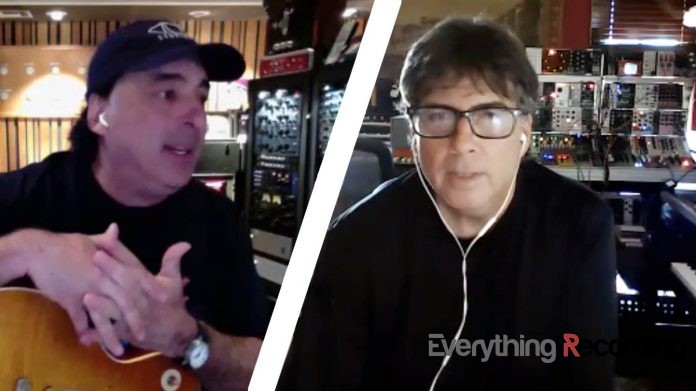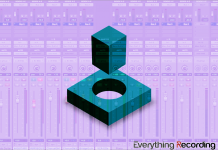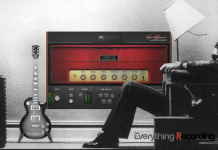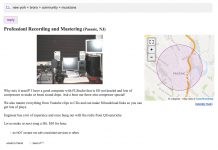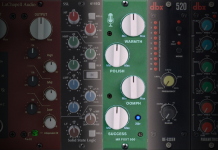Sure, we can go on all day about STLTones Tonality. In fact, we just did. But we figured, wouldn’t it be better to talk to the engineering ears and mixing minds behind the sounds? Chris Lord-Alge and Howard Benson took some time to sit down with us and give their take.
Just give us a little background on how Tonality started?
HOWARD: Chris has been in the plug-in business a very long time, and I haven’t. So here’s this new company, they (STLTones) approached me through my management. And at that point in our careers, we were like, “Let’s just share some of this stuff.” And we kept really good notes from our guitar sounds – we didn’t have to recreate it by ear. So when they said, “oh, we want the ‘Three Days Grace sound’ or the ‘My Chemical Romance sound’”, we could just open the folder up and recreate it.
Was it difficult creating the amplifier models themselves?
HOWARD: Yeah, we started from scratch with this stuff and we had Phil X help us play guitar through it. And he was a really good sounding board because we would have him play a lot of our hits. So I’d say, “Is this the sound?”
And I kind of knew it one day because I came in and thought he was playing through the amp and didn’t realize he was playing through Tonality. I was like, “wow, this sounds just like our amp and our stuff and all that.” And you know, it’s not a small feat getting from where that is to the modeling part. It takes a lot of work. Plus the models are only as good as what you put in – that’s why we wanted to be really accurate.

It’s interesting how things like the POD and the Kemper have changed everything.
HOWARD: Well, our business has changed a lot. Now we have to deliver DI guitars now on every record. We didn’t use to have to do that – the artists would come in and go, “This is the sound”. And delivering that guitar, like we spent all this time doing it and go “Oh my God, we got this amazing tone”. And then the artist sends it to Chris and they go, “you know? We changed our mind.”
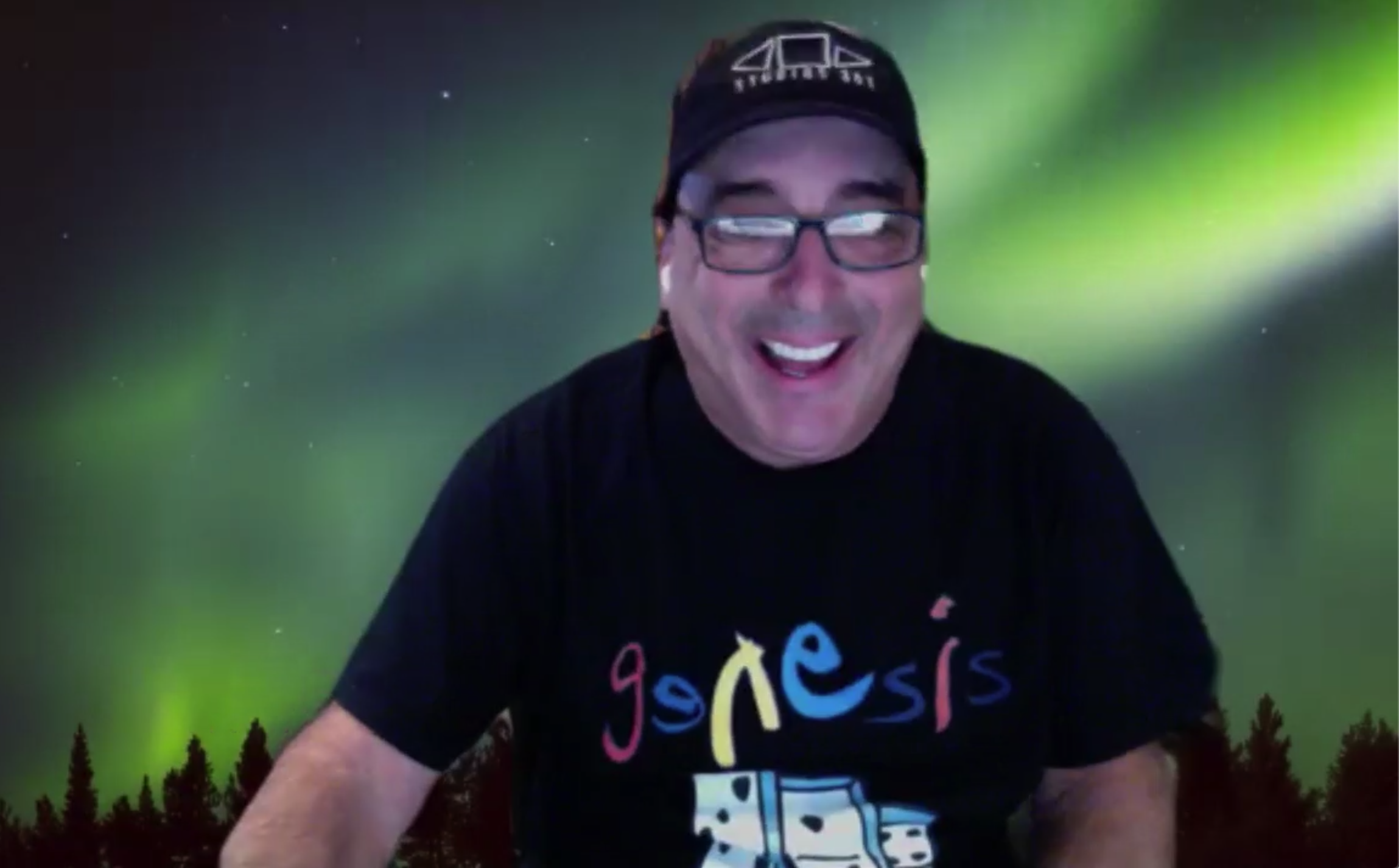
A funny thing we see from running Everything Recording is that we have readers who may have never even plugged into and miked up an actual amp.
CLA: Okay, look, we have two toolboxes. We have the analog toolbox and the digital toolbox. The convenience alone with a laptop and a guitar and a pair of headphones… most people are inspired to play at all hours where making noise is not possible. And not everyone has a situation where they can make infinite noise and have a setup. And that’s about 90% of musicians now. The simple fact of it is you pick it up, you plug it into your interface and you have Tonality, you have everything you possibly need. Say you want to get a guitar player anywhere in the world and say, “Wow, I would really love for you to play on this track.” Can you make that happen in your hotel room or your quarantine room or whatever? To me, that’s the most important thing – is to capture creativity when it happens.
That brings me to ask how Tonality enters into your workflow. Fifteen years ago, you would not get DI’d guitar with a multitrack session.
HOWARD: So before we’d sometimes send guitars to Chris and now bands are like, “we’re not sure” or “we changed our mind” or “we don’t like the way this guitar sounds anymore”. So now we’re at the point where we’re wondering, “Well, what are we even recording these guitars for anyway?” I mean, if they’re going to change them…
But the idea of going to mix and being able to say, “There… there’s the tone. Is it too bright? EQ it.”
CLA: If I get DI’d tracks, it’s a bonus. But I always go with the sound that came on as requested. But by having the DI’s it gives me the ability to say “Okay, what they recorded doesn’t work. Let me do something else.” But generally I’m mixing their decision, not “hey, Chris, here’s the deal – do whatever you want!” That’s not producing. Producing is saying “This is the sound of the record. Here are the parts you want.” But maybe on that one song the producer will say “You know, we decided that maybe the solo or those bridge guitars could be a little ‘revved up’.” So you take the DI’s and come up with something else.
Have you found yourself in a lot of mixes where you went back and said “Any chance I can get a DI’d guitar?”
CLA: No, but there have been times where I said, “any chance I can kick your ass for sending me this big mess?” I have asked for untuned vocals because they weren’t listening to them when they walked away and committed seven or eight notes in the wrong key.
Is there anything guitarists should consider putting between their guitar and Tonality?
HOWARD: The most important thing is to write something that’s good. Everything else is a bunch of hooey. One thing I’ve learned from Chris is that he works fast. So I’ve learned to work fast and with intention without the technology getting in the way. Tonality does not get in the way. And with Chris’ presets, it makes it easier for the artist to write something and get to being creative. That’s what ultimately matters right there.
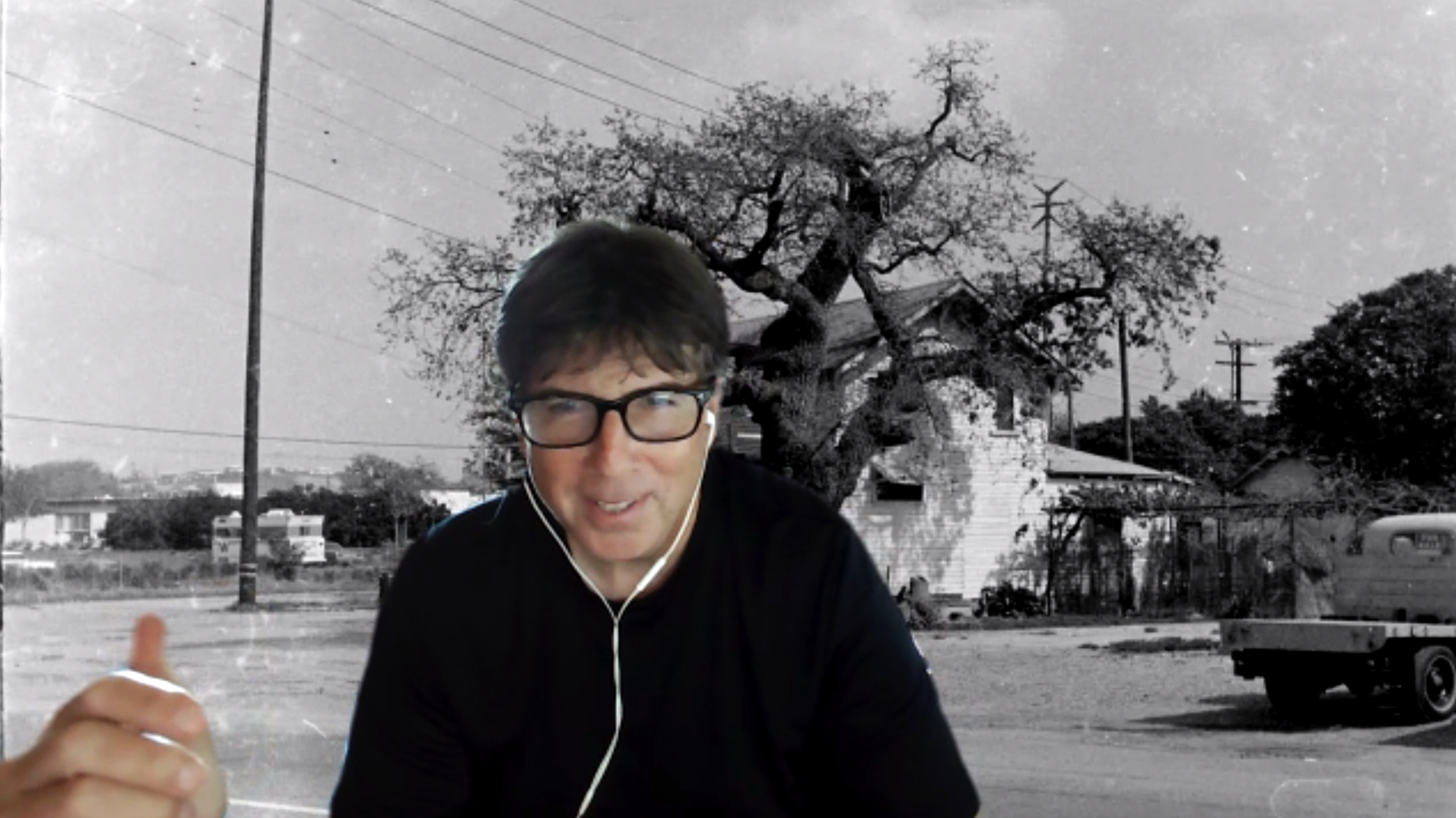
CLA: One hundred percent. That’s why this plug-in is important in your toolbox. Because when you’re feeling like you have something great you reach over, pick up your guitar and off you go. You don’t worry about a mic or an amp, you just plug it in and go. That’s inspiration – because if you forget the inspiring part – that’s all we care about, is come up with something great. You know, most people think that if they play with the stock gear long enough, it’s going to create something great. No, you’re just taking a turd and polishing it to a high sheen. You want to keep it simple – so the secret to Tonality is that you pick your guitar up off the stand, plug it in, go through a couple of presets and boom – instant success. And if what’s inside your head makes sense then the sounds we gave you will give you the chance to make something great.
So, Chris, when you were creating your sounds – what did you want to bring to the table? Were you going after specific sounds from specific albums?
CLA: I just wanted to bring the top five sounds you would use – a lot of it was just ‘come up with usable things’. I came up with a couple of crazy ones just for fun. But it’s like “Okay, I need this sound for these types of records.” This sound for this kind of song. That was it. The creation part in the modeling was like, “Let’s model what it sounds like at the finish line… in the mix and EQ.” You know? That aspect.
HOWARD: That’s the big difference between my style and Chris’ version of the style – is that his are what it sounds like when it’s mixed. So when people said, “well, that guitar sounds like something off this so-and-so record, but it’s not quite that guitar sound.” And we’re thinking “yeah, because it’s not mixed!” So we asked Chris if he wanted to do something like that, to say, “Okay, this is what is sounds like in the final version – which I don’t think anybody’s done before.”
CLA: So it has the finishing on it. Howard’s one hundred percent right. Because they have an [Neve] 8068 and because Mike Plotnikoff is so good with the guitar sounds with Howard, those are pure tones that have space to grow. They have room for EQ. They have room for compression. I get some sounds that are so tweezed, I wish I could undo all their stuff and get back to what Howard does. He gets the impact of the sound, the arrangement, the perfect phase. And then we can do the finishing, which might not even be that much. It might just be a little bit of top, a little bit of compression and boom, it’s ready for the mix.
HOWARD: And that’s a big deal, actually fitting it in a mix. How does it fit and not take up all this space. Because think about it, we’ve got a big drum sound with tons of stuff happening, huge guitars around that and a lot of vocals! It sounds like not that much, but it’s a lot to fit into these two little speakers. So that’s where Chris comes in. Chris can fit it all in there. And everyone in the band goes, “Oh, I can hear all my parts. I’m happy.”
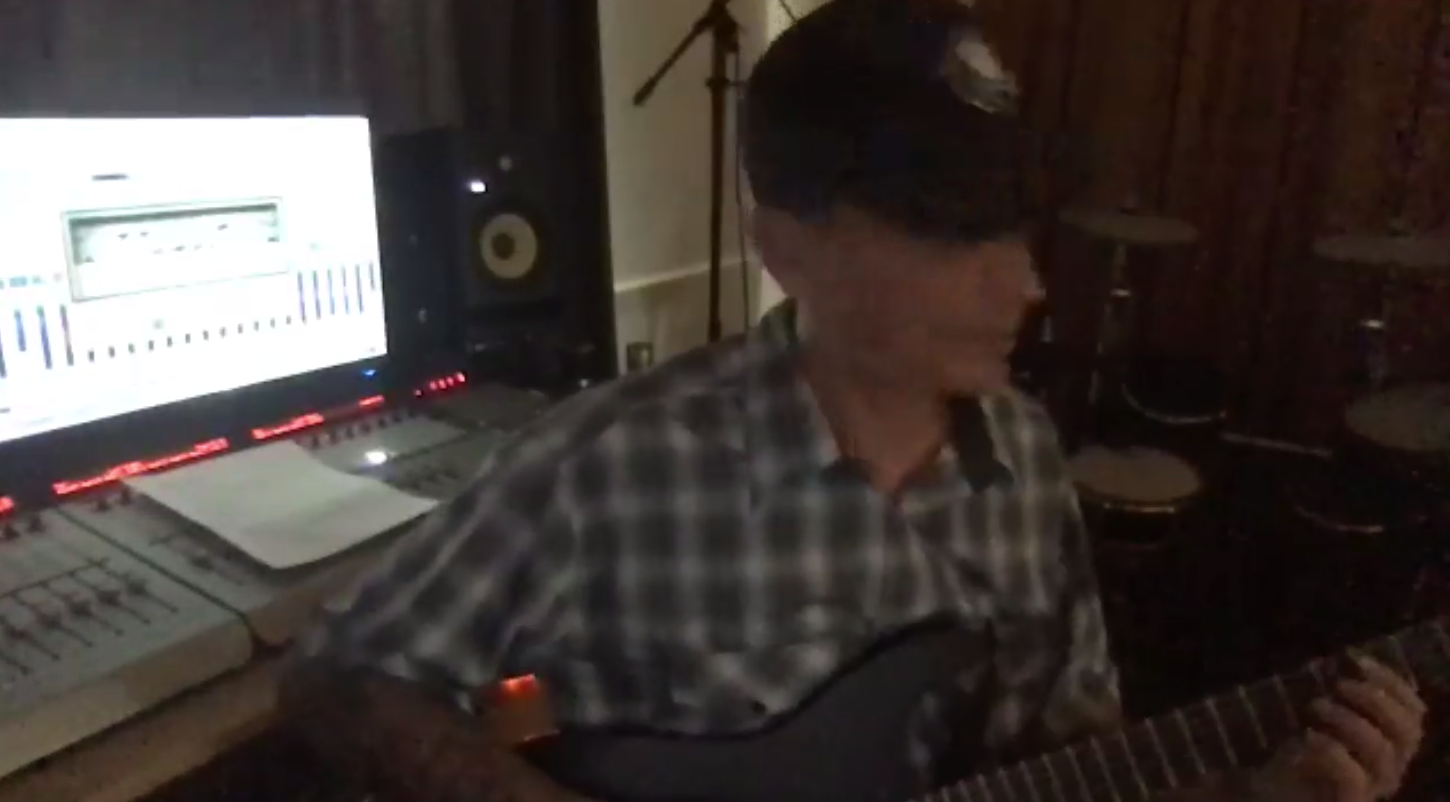
So that’s the argument for the CLA Pack is that it’s really adding a layer of finishing where it’s going to sit itself in the mix and just work…
HOWARD: Exactly. You won’t have to do too much EQing or compression. It should fit right in.
So now that you’ve both been part of the plug-in world for a while, is there anything that just isn’t “there” yet? Anything on the horizon?
CLA: I don’t know. That’s a good question.
HOWARD: What I’d like to see is something like… if you suck it just turns itself off. Like it has a detection… a “suck circuit” or something.
CLA: To be honest with you, the most important thing would be what I call “the reverse plug-in”. I would like a plug-in that I can put on a signal and it’ll learn it, calculate the compressor and EQ that’s on it. And you can say “undo, undo, undo”. And here’s the flat, uncompressed signal – because most of the time as a mixer, I get things that are processed poorly. I really encourage people to be engineers and to actually make a sound with whatever tools they have – but sometimes they go to the point that’s so far it’s unusable. So it would be nice to be able to go back some steps.
Do you still see any “purism” or “elitism” with guitarists who don’t want to “go digital”?
HOWARD: I don’t hear that stuff anymore. I don’t think I’ve ever heard it much, really. I think it’s just the press that wants to talk about that stuff. (Editor’s note: We don’t, actually.)
CLA: But there are those drummers who didn’t want to hear “those CLA samples” on their drums – or any drum samples. And I’m like, “okay… whatever…”
But look at what’s happened to the 2” tape machine. Do you think we’ll ever reach a point where we’re going to say, “The amp is dead?”
HOWARD: I don’t know the answer to that, actually. If I can say one thing, when we go into the studio we put up both of those things and we use them both for different purposes. We use the amp to create excitement and the plug-in to create presence. A lot times we try the plug-in by itself. But I do think that what’s going to happen is you aren’t going to see as many amps live anymore because it’s so much easier for bands to tour without – you don’t need to carry all that stuff around. But in the studio, Chris and I both have these massive rooms full of stuff. Does it cost him any extra to use it? So I think in the recording process, you’re still going to see amps.
CLA: I one hundred percent agree with Howard about live bands. Now the only thing you hear on stage is the drums. And they also want to control their stage volume. For example, Deryck Whibley (Sum 41), he says, “Every night I can guarantee I have the exact same monitoring.” There’s no change. I mean, if you want a wall of Marshalls, put a screen up!
HOWARD: Chris, remember in previous iterations of our careers when people first had drum machines and people would say “the drummer is dead”? Pictures of drummers with ‘X’s through them.
CLA: Well, he (the drum machine) was called “Willy”. When the DMX drum machine came out, I was working at Sugar Hill and the song we cut was called “The Message” – and the drummer was really pissed off that they were using Willy again on drums. But the kick and the snare were so in your face and they couldn’t really compete with that. So now let’s fast forward to 2020. We can put so many samples on the drums if that’s really the issue. The drum machine got all the clarity out of the kick and snare. Get the punch. All those 80’s records have drum machines because of the weight and the ability of being in time. Now we can actually make drums perfectly on time and have better sounds and it still sound like a rock band. So everybody wins.
But you know, I would like to see a situation where you have to work with no Pro Tools, go back twenty five years and just try to cut a song with that technology.
HOWARD: It’s really brutal. We’ve been through it.
CLA: Yeah, it’s pretty brutal.
DON’T FORGET, YOU CAN BUY STLTONES TONALITY AND GET THE CLA ADD-ON ABSOLUTELY FREE UNTIL AUGUST 28. USE CODE “STLCLA” AND TUNE UP THAT FIDDLE.



